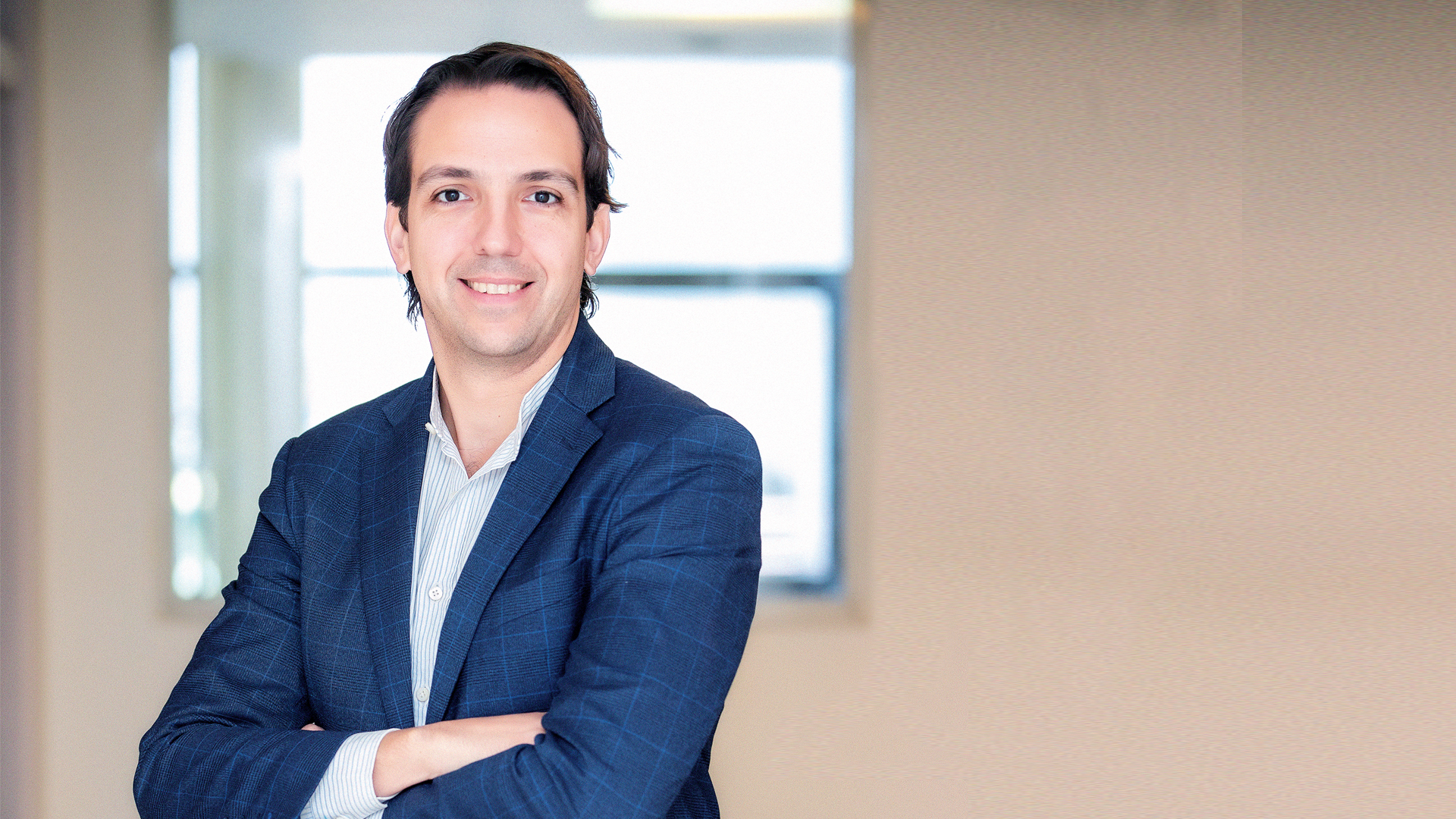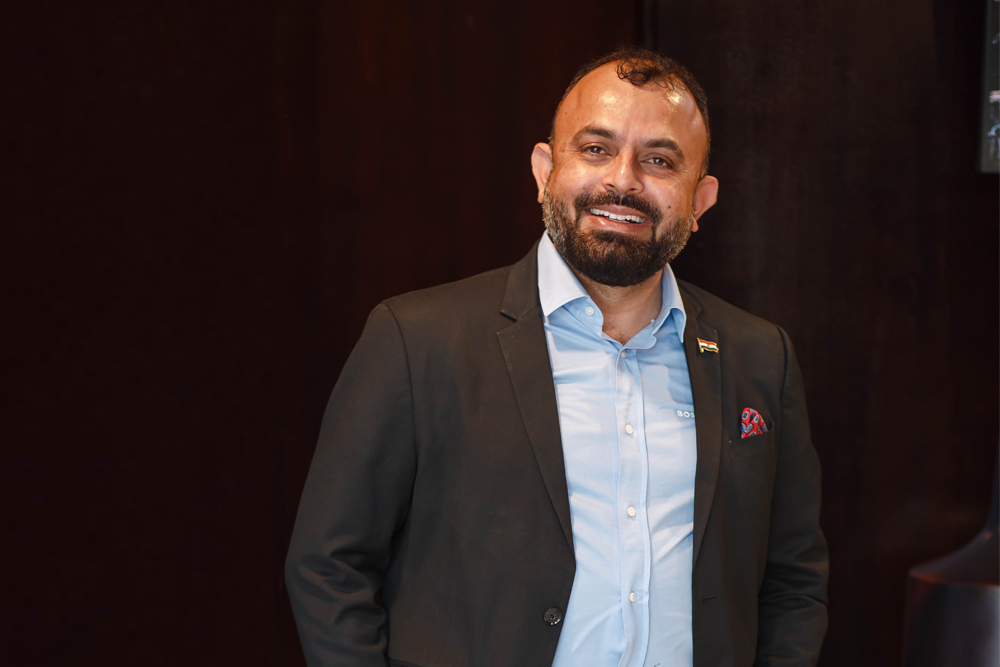
Abin Shrestha is a renowned cartoonist of Nepal. A graduate of Fine Arts from Tribhuvan University, more than five thousand of his cartoons have been published in various newspapers and magazines on various subjects - including politics since making his debut in 1993. Shrestha’s works have been exhibited many times within and outside of the country and he has been honoured with several awards. He has illustrated many children’s books including some Room to Read publications, and is currently the Senior Cartoonist at Kantipur Publications and the President of the Cartoonist Club of Nepal.
In an e-interview with B360’s Dibesh Dangol, Abin Shrestha shares his thoughts on right to speech and expression. Excerpts:
 We do not have a clear policy on freedom of expression. It is said that freedom of expression is the backbone of democracy. From 2007 to the present day, many forms of democracy have been seen, but the voice for independence has to be raised. You say what you need to do to avoid future problems, but I think even now, looking at our existing laws, the lack of freedom of expression is very likely to lead to any problem at any time. Due to the arrogance and inability to listen to the criticism by the two-thirds majority ruling party government, freedom of expression has been violated from time to time. This has created mental panic in the entire creator. Due to this, self-censorship is also increasing. How can any creator give the highest creation with such mental terror?
We do not have a clear policy on freedom of expression. It is said that freedom of expression is the backbone of democracy. From 2007 to the present day, many forms of democracy have been seen, but the voice for independence has to be raised. You say what you need to do to avoid future problems, but I think even now, looking at our existing laws, the lack of freedom of expression is very likely to lead to any problem at any time. Due to the arrogance and inability to listen to the criticism by the two-thirds majority ruling party government, freedom of expression has been violated from time to time. This has created mental panic in the entire creator. Due to this, self-censorship is also increasing. How can any creator give the highest creation with such mental terror?
Should the right to speech and expression be absolute? Where should the lines be drawn?
As a cartoonist, creating a cartoon is almost impossible without freedom of expression because cartoons always raise voice against distortion and inconsistency. To speak out against distortions is to criticise them. Now without freedom of expression, criticism is by no means possible. Creating a cartoon in such a situation is not easy. Even so, the Nepali cartoon sector lags far behind the international cartoon sector. On top of that, the lack of freedom of expression is sure to push the art further back. Therefore, it has a serious impact on the development and expansion of the overall cartoon sector. This problem will continue until full freedom of expression is guaranteed. Therefore it is important for those at the policy level to think from this angle. As far as the limits of freedom of expression are concerned, we Nepali cartoonists are able to draw those limits at our own discretion. As a result, Nepali cartoons look much politer and modest than foreign cartoons. Cartoon connoisseurs can easily feel this. Therefore it is never justifiable for the state to draw arbitrary limits with the intention of stifling freedom of expression. Since the policies in Nepal regarding right to speech and expression in public places or on social media platforms aren’t clear, what are the things that people should consider to not get into trouble? We do not have a clear policy on freedom of expression. It is said that freedom of expression is the backbone of democracy. From 2007 to the present day, many forms of democracy have been seen, but the voice for independence has to be raised. You say what you need to do to avoid future problems, but I think even now, looking at our existing laws, the lack of freedom of expression is very likely to lead to any problem at any time. Due to the arrogance and inability to listen to the criticism by the two-thirds majority ruling party government, freedom of expression has been violated from time to time. This has created mental panic in the entire creator. Due to this, self-censorship is also increasing. How can any creator give the highest creation with such mental terror?
We do not have a clear policy on freedom of expression. It is said that freedom of expression is the backbone of democracy. From 2007 to the present day, many forms of democracy have been seen, but the voice for independence has to be raised. You say what you need to do to avoid future problems, but I think even now, looking at our existing laws, the lack of freedom of expression is very likely to lead to any problem at any time. Due to the arrogance and inability to listen to the criticism by the two-thirds majority ruling party government, freedom of expression has been violated from time to time. This has created mental panic in the entire creator. Due to this, self-censorship is also increasing. How can any creator give the highest creation with such mental terror?
What are the loopholes in the policy?
There are many shortcomings in the policy. As far as the country’s policy is concerned, it is not possible to make a cartoon with certainty based on some of its provisions. It even mentions things like not being allowed to be sarcastic and not to say anything in a twisted way. Now without satire, how is it possible to make a cartoon without saying anything in a roundabout way? In some cases, people are arrested from time to time on the basis of sharing cartoons on social media. We also raised the issue, but it was said that the law was not targeted to the media houses. But looking at the current situation in our country, the law that was brought for the elephant can be applied to the ant as well. For example, the Electronic Transactions Act is not targeted at the media houses but the government has repeatedly taken action against journalists based on the provisions of the same act. Such provisions that infringe on freedom of expression should be corrected as soon as possible.What are the pillars you take into consideration while expressing yourself publicly or on social media platforms?
I always believe that exercising my rights does not infringe on the rights of others. I am always careful that my cartoons do not insult anyone personally, do not hurt anyone’s religious beliefs, and do not look down on any particular caste.
Published Date: November 18, 2020, 12:00 am
Post Comment
E-Magazine
RELATED ETC


.jpg)


